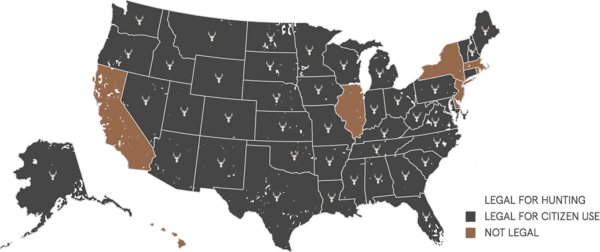
Suppressor or Silencer?
If there’s one thing that you can say about the firearms community, it’s that most diehard shooters do not like inaccuracies. And nowhere is that illustrated as well as it is regarding the debate whether to use the term silencer or suppressor. For the most part, suppressor is the accepted term these days. After all, it doesn’t necessarily make the gun silent, does it? Still, in a legal context, the device is still on the books as a “silencer” and the first suppressor invented by Hiram Stevens Maxim at the beginning of the 20th century was trademarked under the name “Maxim Silencer.”
How Suppressors Work
Basically, suppressors work by muffling the “boom” produced when supersonic bullets break the sound barrier, known as the supersonic crack. Additionally, suppressors also work by suppressing the muzzle blast sound, which is caused by gases rapidly escaping at incredibly high pressure. What suppressors don’t do, however, is muffle the mechanical sounds of the gun being operated, which is why you can still hear those clicks when shooting with one.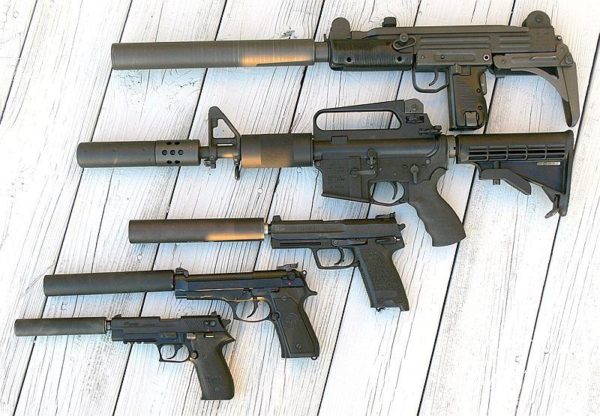
Subsonic and Supersonic Ammo
There are two types of ammo out there. Those who travel slower than the speed of sound (subsonic) and those who break the sound barrier (supersonic). And as you already know, when an object cracks the sound barrier, it makes a loud noise known as a sonic boom.Subsonic Ammo
If you can’t or don’t want to buy a suppressor but you still want to shoot ear-safe(er) ammo, you can opt for a subsonic round instead. While they won’t be as quiet as shooting with a suppressor because of muzzle blast, they won’t have the loud boom that comes with breaking the sound barrier. The benefit of subsonic rounds is that they’re easier on the ears and won’t spook every animal in a mile radius when you’re on a hunt. The drawback, however, is that subsonic rounds just aren’t that powerful. So if you want to go shooting wild hogs or deer, you’re probably going to want to stick to a distance of around 50 yards away – even when using a large bullet like the .300 AAC Blackout, which is one of the most popular subsonic hunting rounds.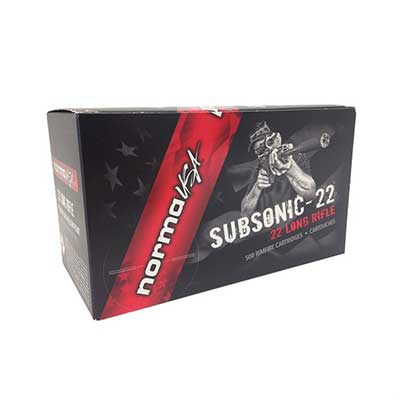
Supersonic Ammo
Supersonic ammo is faster, louder, and more powerful than its subsonic counterpart. The main problem with shooting supersonic rounds is that they’re hell on your ears if you don’t have proper protection. Also, if you’re hunting and miss a shot with a supersonic round, chances are that buck (or whatever you’re shooting) is going to be spooked and immediately run off.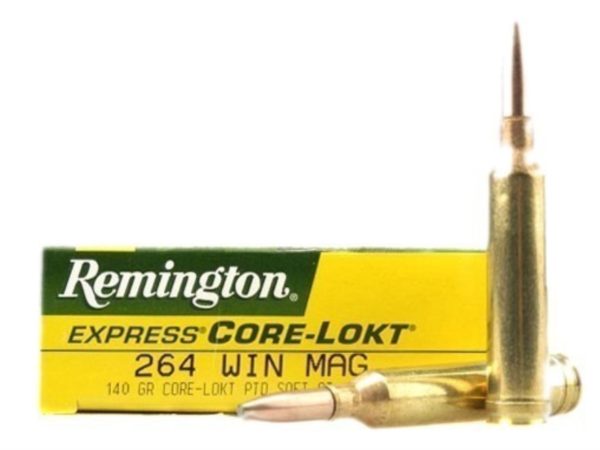
Caring for Your Suppressor
Your suppressor isn’t like some run-of-the-mill attachment that mounts onto your gun. It’s more like an extension of your actual firearm. And just like your gun needs some TLC after being fired, some suppressors also need some maintenance after a day outdoors. But before we talk about cleaning suppressors, let me say that it’s unequivocally a bad idea to jam your cleaning rod down a suppressor without first learning how (and if) it needs to be cleaned. You can cause an obstruction with your cotton that could affect the suppressor’s effectiveness. For the most part, suppressors used to shoot high pressure cartridges don’t require cleaning. This is because the heat from the bullet actually burns away most of the residue left on the suppressor, meaning that it essentially cleans itself.
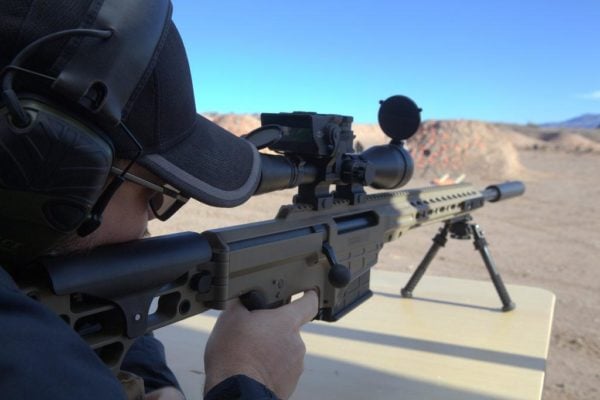
Mounting a Suppressor
If you’ve got a threaded barrel then butting on a suppressor is a quick and straightforward task. Just unscrew the thread protector and screw the suppressor on in its place and you’re ready to start shooting. Alternatively, you can also buy a threaded barrel and put it on yourself. While swapping out the barrel is a relatively easy and straightforward, you might not be comfortable yet with taking apart your gun. If that’s the case, there are a number of companies out there who’ll do it for you for a reasonable price.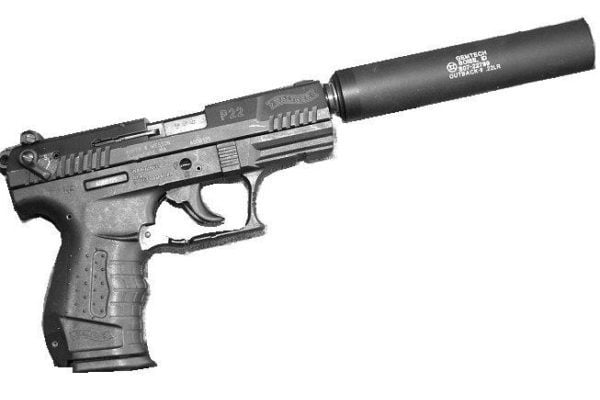
Quick-Detach Suppressors
Your other suppressor option is the quick-detach (sometimes called quick attach) suppressor, which doesn’t screw directly onto your barrel thread but rather attaches to a QD mount that’s attached to your barrel. The benefit that quick-attach suppressors have over direct-thread suppressors is mostly convenience. They’re great for guns that already have a muzzle device on them, as the suppressor should be compatible with the muzzle mount without the need of any adapters. This means that you can attach your suppressor directly to your flash hider or muzzle break. Quick-attach suppressors also provide one functional advantage over their direct-thread counterpart: they won’t loosen while shooting a high volume of rounds. This is because quick-attach suppressors typically come with a locking mechanism that secures the device so that you don’t have to worry about it wobbling around.Types of Suppressors
There are five types of suppressors out there, each with their own specific functions. They are:- The rimfire suppressor – works with rimfire cartridges. Most rimfire suppressors have the capability of being disassembled and cleaned, as rimfire cartridge is known to leave a lot of residue.
- The pistol suppressor – pistol suppressors are designed specifically to handle the recoil delivered by semiautomatic handguns. Most of them also have a Neilsen Device inside of them to help with cycling the action.
- The rifle suppressor – rifle suppressors are designed to handle higher pressure and temperature than other suppressors. As a rule, they can’t be taken apart to be cleaned – but the good news is most rounds burn away deposits.
- The shotgun suppressor – if you’ve seen the movie “No Country for Old Men” then you already know about the shotgun suppressor. Not as essential as other suppressors, but still does its job at muffling shotgun blasts.

What are Multi-Cal Suppressors?
Most suppressors on the market are designed to handle a specific cartridge or narrow range of cartridges. Multi-cal suppressors, which is short for multi caliber suppressors, are like the jack of all trades of the suppressor world. They enable a single device to handle a wide range of calibers, with some multi-cal suppressors actually working with everything from a .22LR to a .300 Win Mag. One of the more popular multi-cal suppressors out there is the Hybrid by SilencerCo, which costs about $875. While the Hybrid is no cheap suppressor, it’s able to support everything from 9mm to .45 ACP for handguns, and 5.56 all the way up to .45-70 when attached to a rifle.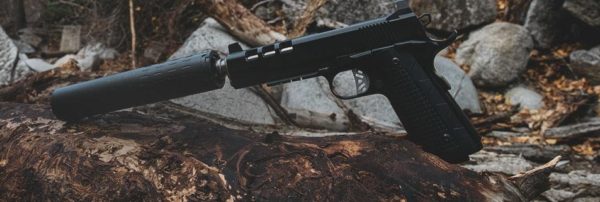
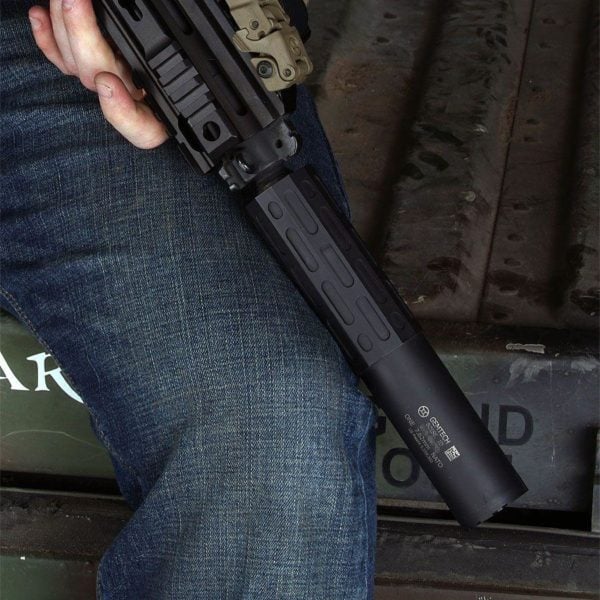

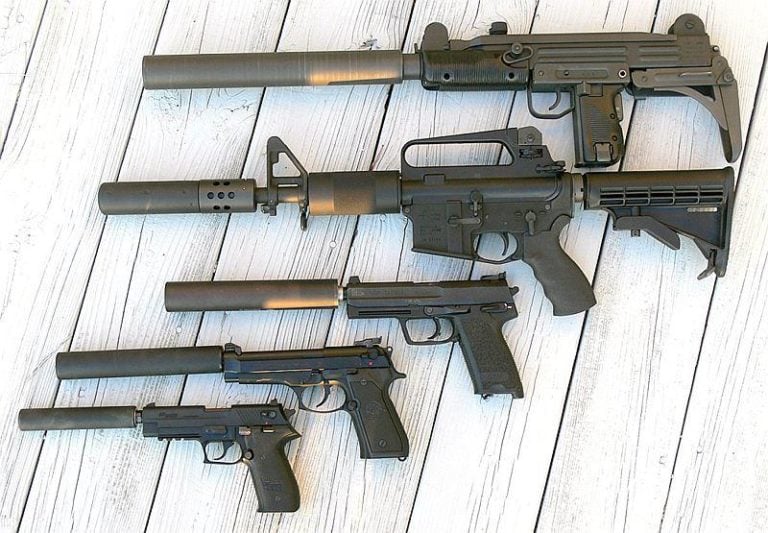







6 Leave a Reply
What exactly are baffles? I've seen a few things where some suppressors allow variable numbers of baffles - what's that all about?
My supressor in 22 lr. Is mounted on a ruger american bolt action is loud for the first shot (FRP) & very quiet on the second but loud again on the third shot & there after. Do you have an idea what would cause this?
Obviously they are using sub-sonic ammo. No suppressor of any design (no, not even an oil filter) will suppress the sonic boom of the bullet breaking the sound barrier at about 1125 fps+/-.. One SMALL detail they failed to present... But yes, the oil cans (and truck fuel filters, which I prefer due to their more suppressor-like look) will nicely suppress a subsonic round...
You guys only covered two different suppressors. Suppressor companies have complete lineups of different ones. Do you get a decibel reduction if you use suppressors specific to specific calibers?
If the hybrid silencers work just as well on a multitude of calibers, why so many different ones?
First of all, suppressor DON'T muffle the supersonic crack.. Without getting too scientific, the " crack" doesn't happen at just one point therefore it's impossible to muffle. Which is why you still hear the "crack" when suppressed. Suppressors slow/dissipate the expanding gasses exiting the barrel, muffling the "boom". Secondly, it's not a good idea to recommend .556 through a .22 (to clean them). Most .22 (rimfire) suppressors (even if rated for full auto) CANNOT handle the pressures of .223/.556 and doing so will have catastrophic results.
There is no permit that is either issued or required to own or use a suppressor. A lot of people mistake the $200 tax stamp you to be a permit, but it is not. The stamp is received to show proof that you have paid the tax to transfer the title of the NFA item to your name when you purchased it, after your Form 4 is approved of course. It is very similar to a tax you pay to transfer the title of a vehicle you have purchased into your name. You have to pay this tax for each and every NFA item you purchase.